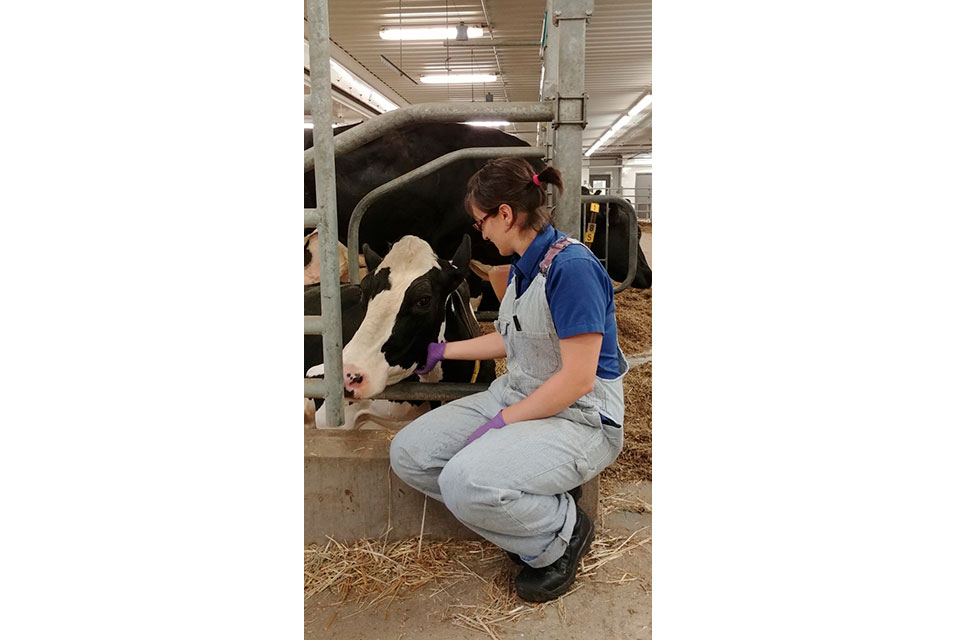MONTREAL.- Milk is the main source of vitamin B12 consumption for Canadians. A glass of cow’s milk contains about 46% of the daily-recommended dietary intake of vitamin B12 for adults. But what factors influences the concentration of B12 in a glass of milk? Turns out, what cows eat and how they digest it can impact human’s B12 intake.
Researchers from Quebec, including Jennifer Ronholm, an Assistant Professor in the Departments of Animal Science and Food Science and Agricultural Chemistry at
McGill University set out to identify the sources impacting B12 concentrations in milk and how to optimize and stabilize its levels to improve the health benefits of milk.
What did you set to find out?
Many plants that grow on our planet cannot be used directly by humans as food. But cows have the ability to convert these plants into proteins and vitamins humans can consume through milk. Vitamin B12 comes from animal products, produced by microorganisms in the digestive tract of cows, sheep, and goats. Cow’s milk is an excellent natural source of B12, because of the abundance of bacteria in their digestive tract capable of producing the vitamin.
Specifically, cows have a digestive system that is uniquely different from our own. Instead of a single compartment to the stomach they have four. Of the four compartments, the rumen is the largest and the main digestive center filled with billions of microorganisms that are able to break down grass and other vegetation that animals with one stomach, including humans, cannot digest.
We set out to find the exact composition of milk including fat, protein, and vitamin B12. We wanted to know how these components varied based on what the cow is fed, and which bacteria are present in the cow's rumen, the main part of their gut, where most of the digestion takes place. We wanted to learn exactly how bovine nutrition as well as how the microorganisms or microbiome present in the rumen affects vitamin B12 production – and if we can optimize these to increase the nutritional value of milk.
How does it add to what was already known?
We conducted several studies to better understand the factors that influence vitamin B12 variability in milk. We wanted to be able to offer a product with constant and high vitamin B12 concentration, with a goal to increase the health benefits of milk consumption.
What was new in our research was our focus on the impact of conditions in the rumen, which is closely linked to what cows are fed, on the impact of vitamin B12 concentration in milk. We also wanted to explore if environmental factors such as bedding type affect the gut microorganisms and vitamin B12.
What did you discover?
We found that certain microorganisms in the rumen are linked to vitamin B12 abundance. Diets higher in acid detergent fibre, such as grass, tended to encourage increased vitamin B12 concentrations in milk. Alternativity, diets higher in starch and energy concentration, based feed tended to result in lower vitamin B12 concentrations. When the pH in the rumen is lower there tends to be higher production of vitamin B12. However, we do not know at this time if vitamin B12 concentration is driving changes in the microbiome or if the microbiome is driving changes in the concentration of vitamin B12.
What’s next for this research?
We will be studying additional factors affecting vitamin B12 concentration in milk, especially in organic farms. For example, does milk from organic farms contain higher concentration of vitamin B12? We will also be using traditional and new genetic techniques to define the exact relationships of certain bacteria to vitamin B12 concentrations.










